North Idaho highways to receive a fresh coat of paint through summer
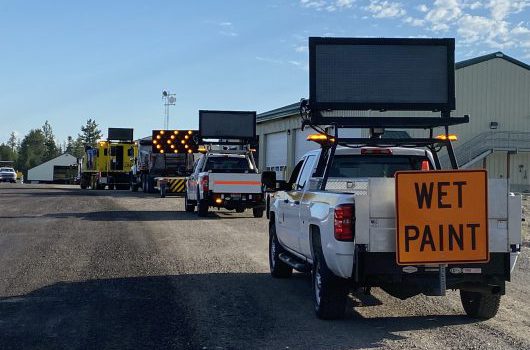
Throughout the months of July, August and September, Idaho Transportation Department striping crews will be laying down a fresh coat of paint on large sections of highways across the Panhandle. The following schedule will help drivers to be aware of upcoming temporary work zones that may affect them and plan ahead. Every year crews stripe hundreds of miles, and on heavily traveled routes like I-90, apply two coats of paint.
JULY
US-95 Byway in Sandpoint
US-95 from Sandpoint to Athol
US-95 from Athol to Coeur d’Alene
SH-41 from I-90 to Rathdrum
US-95 from Coeur d’Alene to the Latah County line
SH-53 from Rathdrum to the Washington State line
Post Falls business loop
AUGUST
EARLY SH-58 from the Coeur d’Alene Casino to the Washington State line
SH-60 from US-95 to the Washington State line
SH-5 from Plummer to St. Maries
MID SH-3 from I-90 to the Latah County Line
SH-6 from the SH-3 Junction to the Latah County line
LATE INTO SH-97 from I-90 to the SH-3 Junction
EARLY SEPT SH-4 from Wallace to Burke
Wallace, Mullan, and Osburn business loops
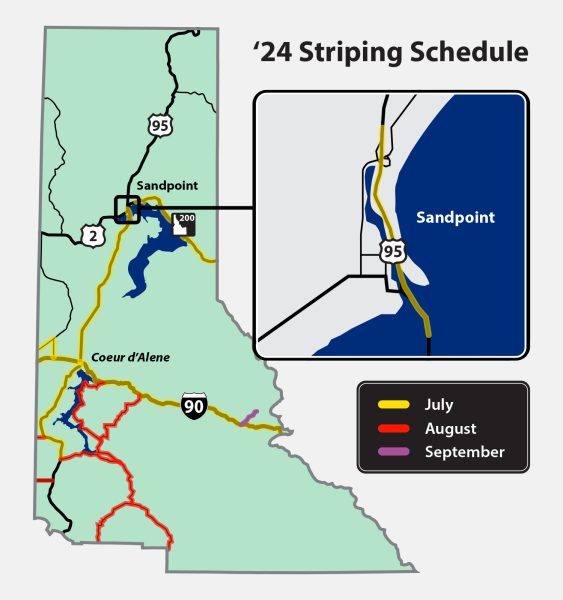 During striping operations teams are organized into a line of pace cars flanking the paint truck and are followed by a crash cushion trailer to ensure the safety of the crew. This configuration of vehicles travels slowly as they paint the roadway markings to ensure lines that will last through the year. While the paint itself is very bright, retro-reflective beads are also mixed in to help catch and reflect light to improve nighttime visibility.
During striping operations teams are organized into a line of pace cars flanking the paint truck and are followed by a crash cushion trailer to ensure the safety of the crew. This configuration of vehicles travels slowly as they paint the roadway markings to ensure lines that will last through the year. While the paint itself is very bright, retro-reflective beads are also mixed in to help catch and reflect light to improve nighttime visibility.
Pace cars alert motorists of the operation and slow down traffic so drivers do not go over the paint before it dries. It is important for drivers to avoid drifting over the lines on either side of their lane or trying to pass where striping is in progress.
Striping operations occur primarily during daylight hours and are performed in the summer when temperatures are consistently warm enough to ensure the paint dries quickly and adheres securely to the road. Most frequently these operations are carried out during weekdays, but there are occasional needs for weekend work. Crews start as early as 5 a.m. to avoid peak commute times and try to pull off so others can pass where they have room to do so safely.
Drivers who encounter the mobile paint operations are asked to be patient for the safety of motorists and crews, and to follow the guidance of all work zone signs, especially for no passing.
Updated information will be available throughout the summer on Idaho 511.


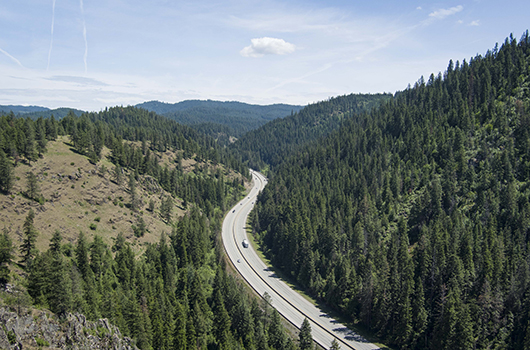

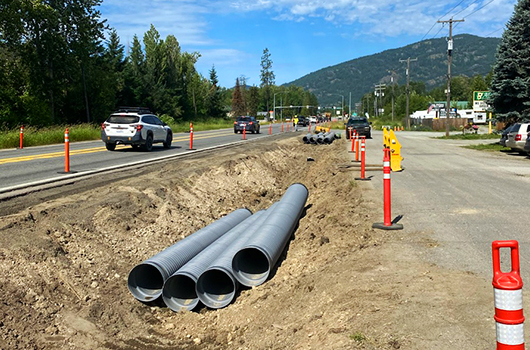
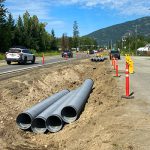


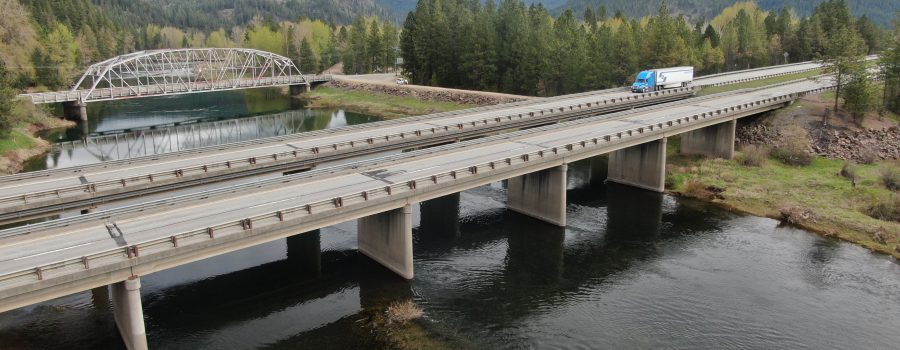
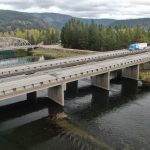
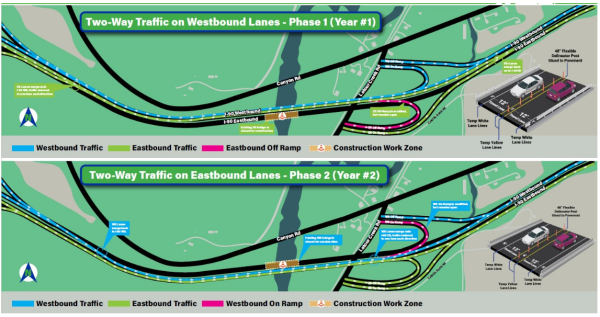
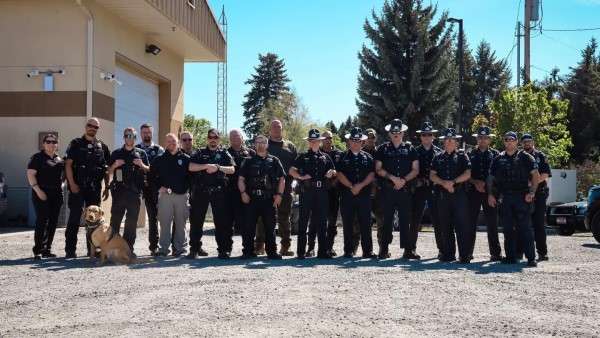

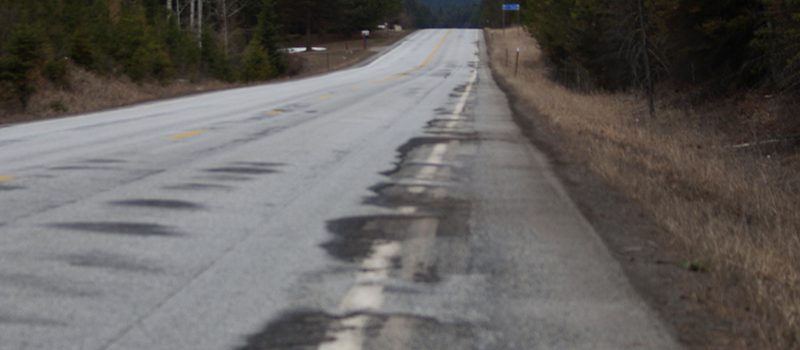
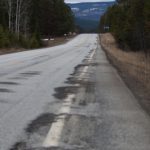
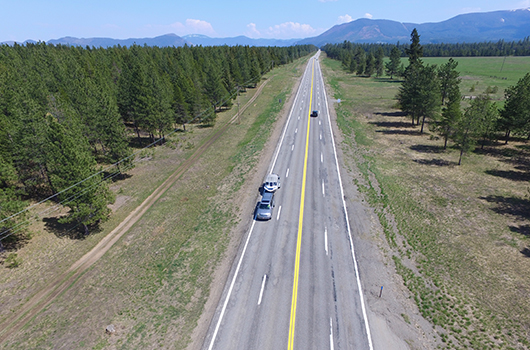

 Work begins today on SH-54 east of Athol on a minor paving improvement project ahead of sealcoat work later this summer.
Work begins today on SH-54 east of Athol on a minor paving improvement project ahead of sealcoat work later this summer.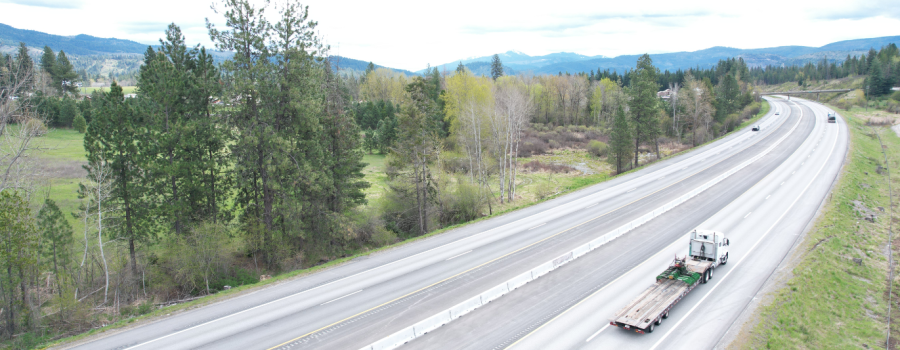
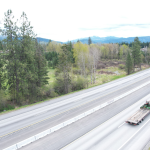
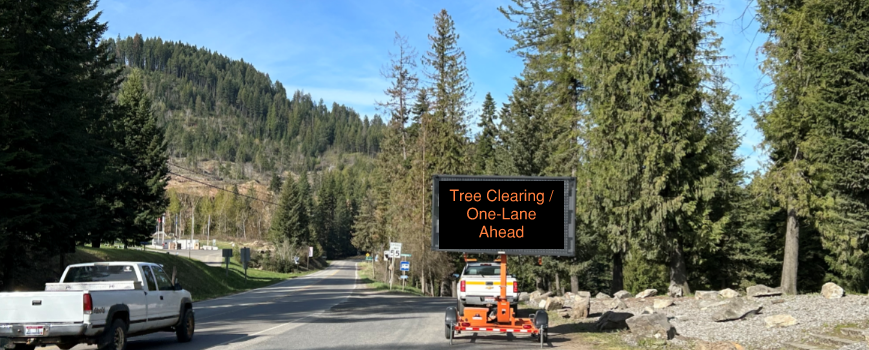

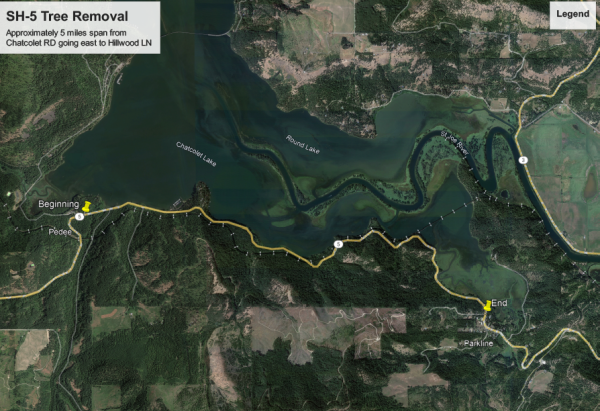 “Any tree within reach of the highway that is compromised, whether due to its health or stability, is considered a hazard due to the potential of falling onto traffic,” Project Manager James Dorman said.
“Any tree within reach of the highway that is compromised, whether due to its health or stability, is considered a hazard due to the potential of falling onto traffic,” Project Manager James Dorman said.